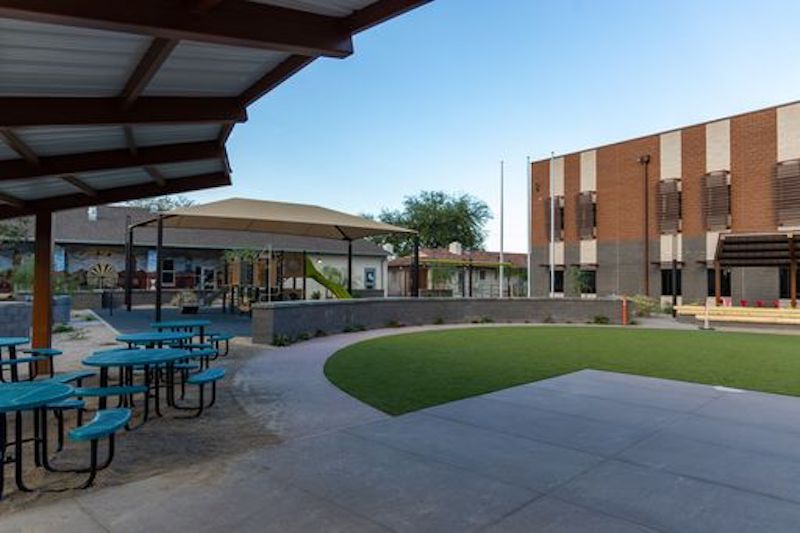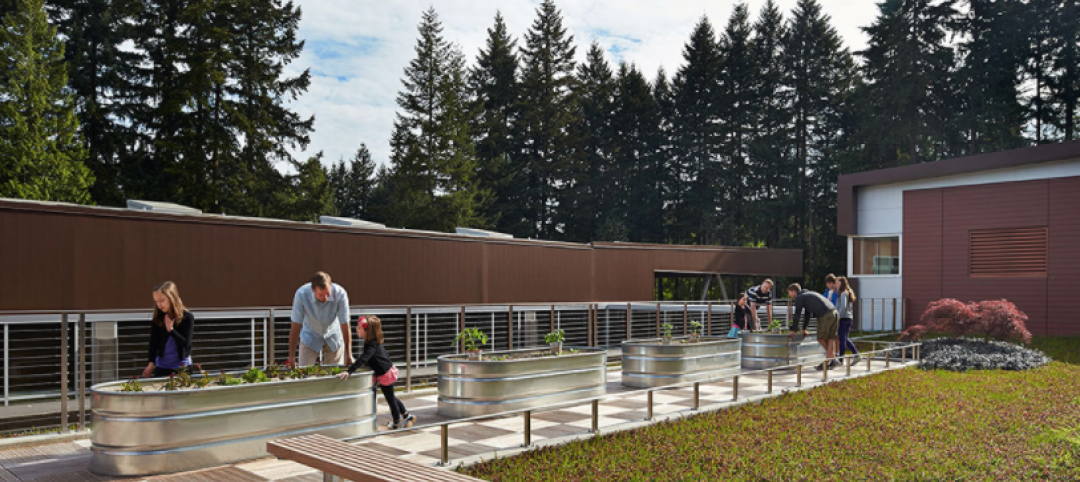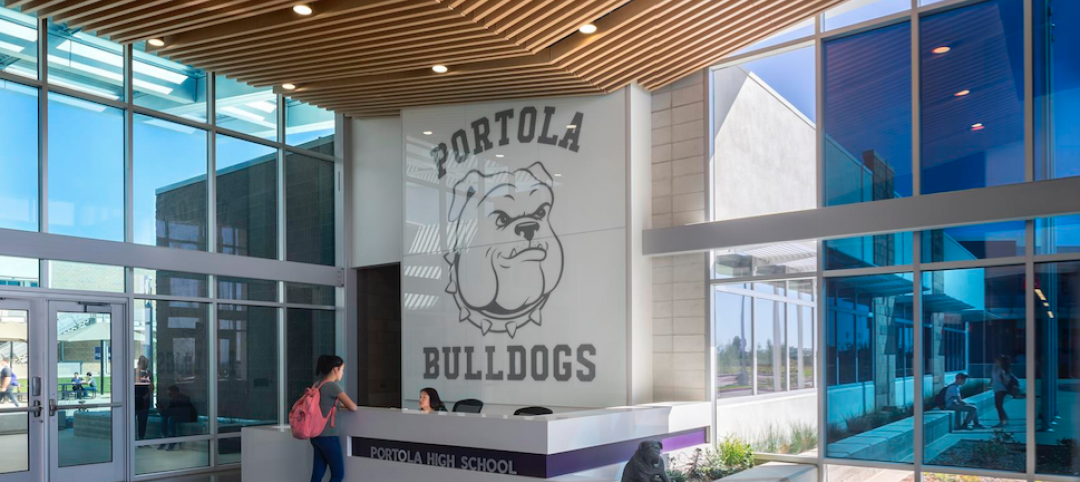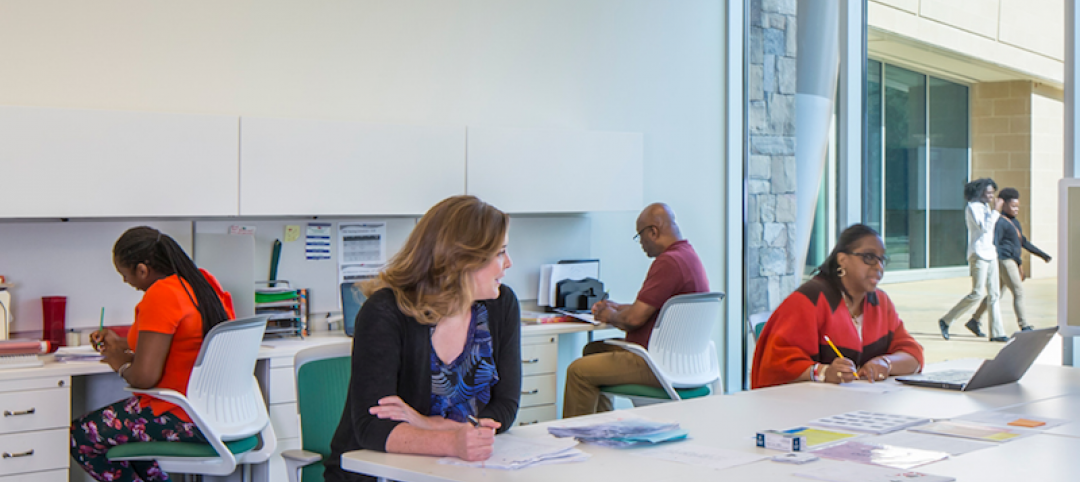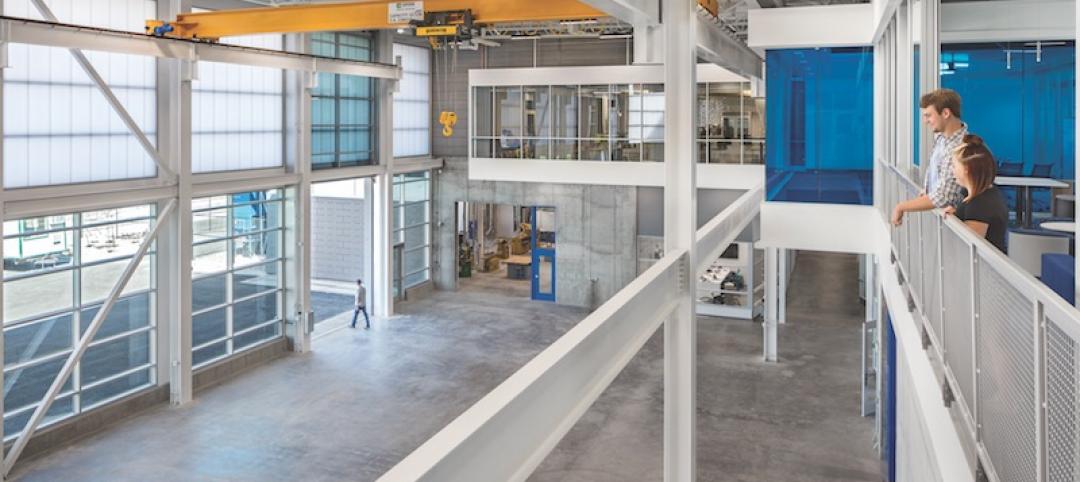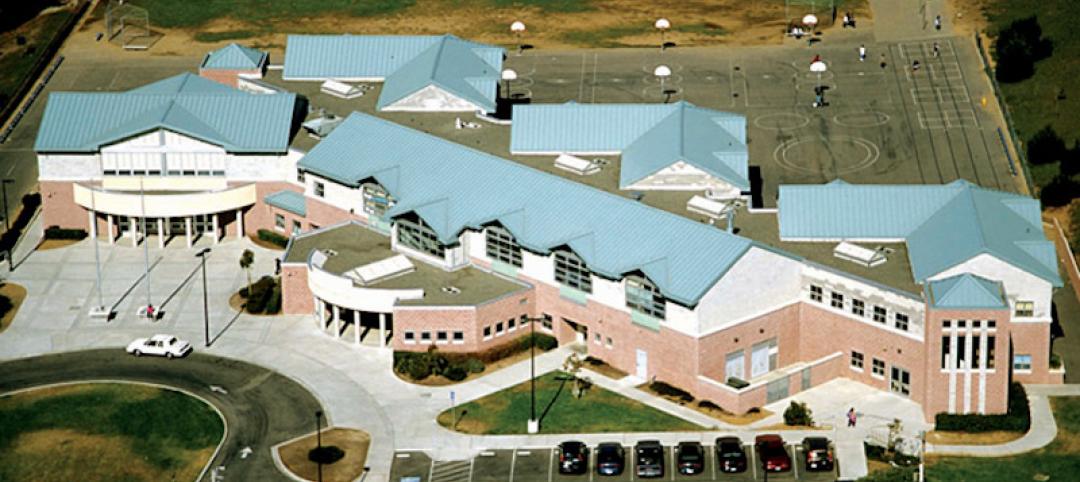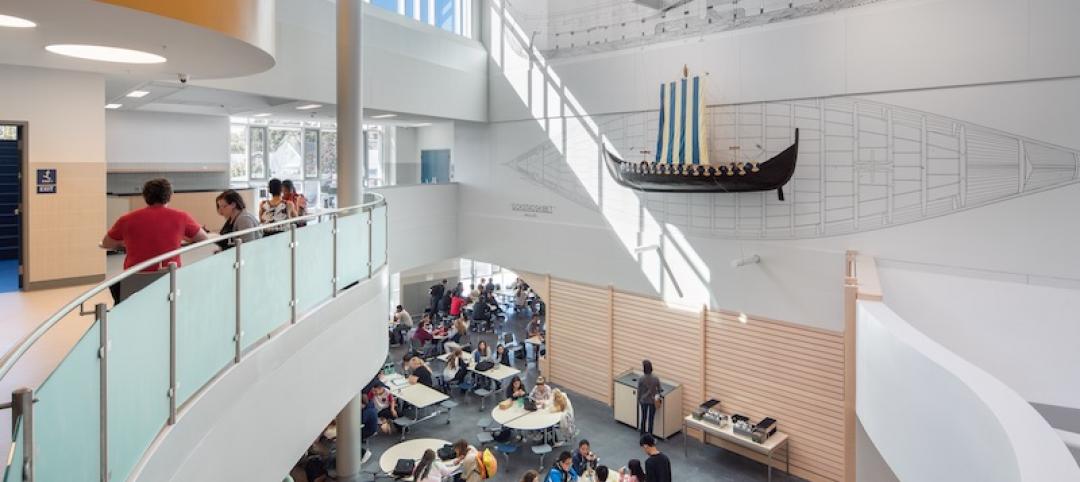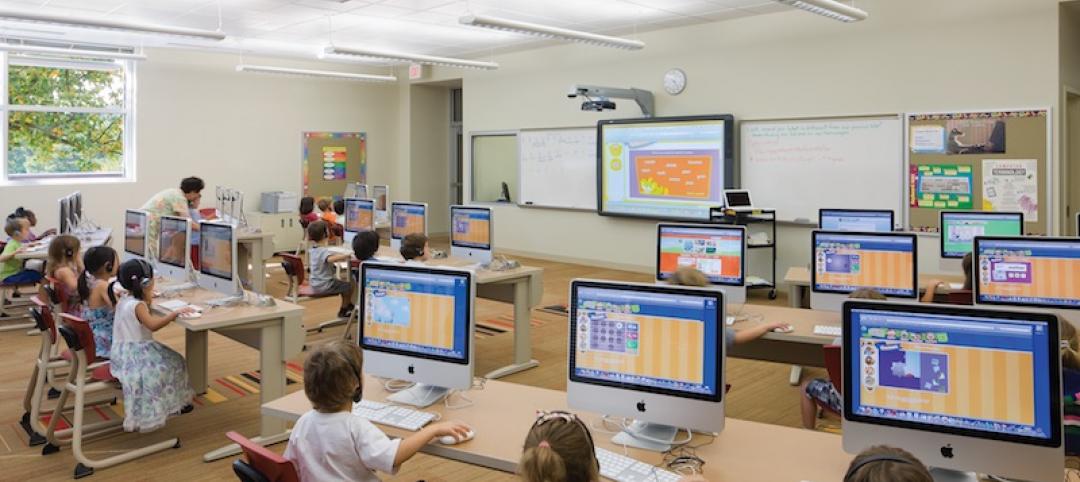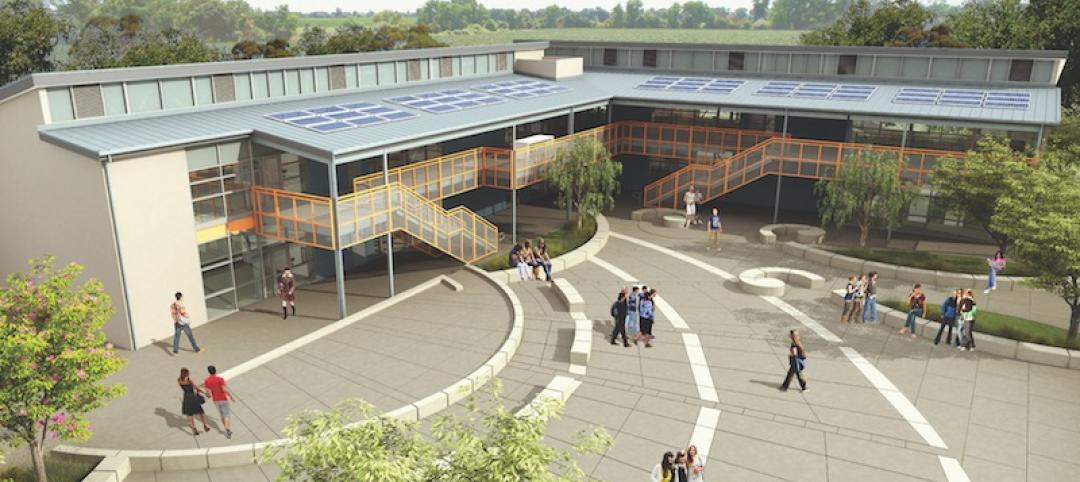Construction on the new Blackwater Community School, a two-story structure on the Gila River Indian Community, located southeast of Phoenix, Ariz., was completed on August 31. The school serves pre-school, the Family And Child Education Program (F.A.C.E.), and a K-5 grade school.
The two-year-long build on the 7.43-acre campus was in conjunction with Rosendin, the nation’s largest employee-owned electrical contracting company, along with Gilbane Building Company and design partner Breckenridge Group.
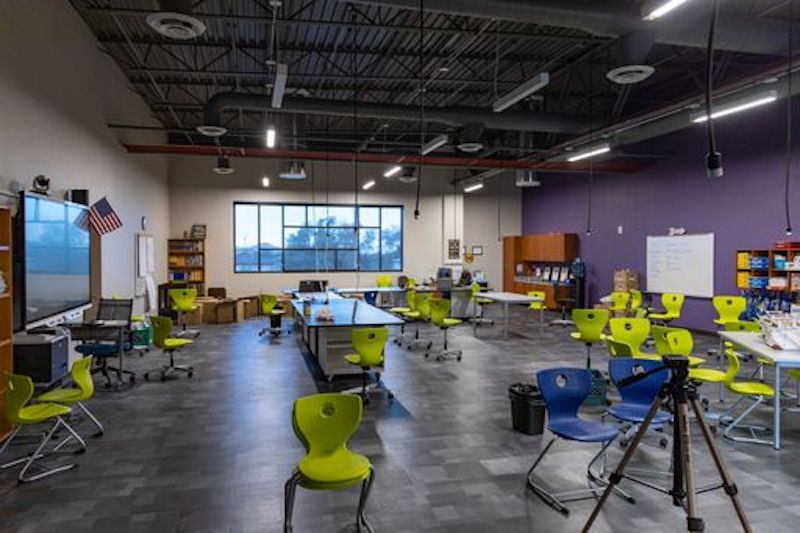
The $25 million replacement campus incorporates culturally significant artwork throughout the two-story classroom building, media center, multipurpose building, and cafeteria. The Blackwater Community School Culture Committee provided the insight for the cultural art in partnership and with the approval of the Blackwater Community School Board. Rosendin’s team worked on lighting, playground areas, basketball courts, sports fields, and reading patios.
The Blackwater Community School serves two distinct tribes: the Akimel O’Otham, who can trace their ancestry to the Hohokam; and the Pee Posh, who come from Yuma ancestry.
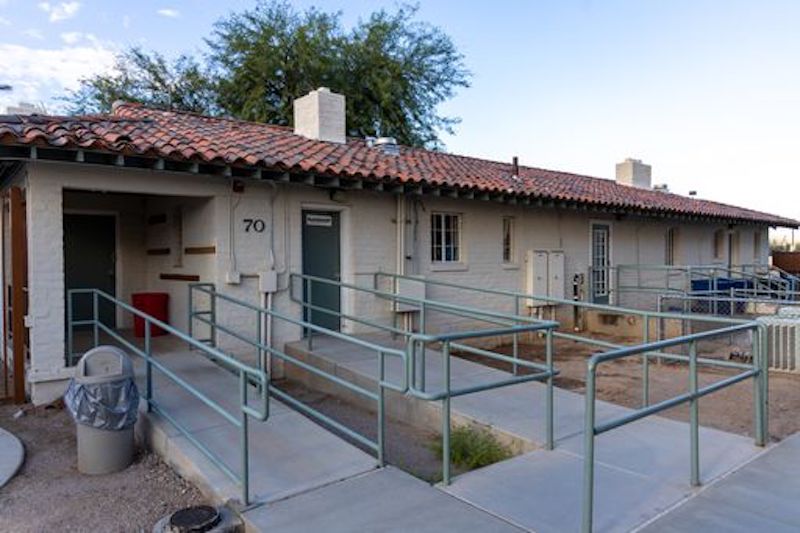
“The Blackwater Community School is the heart of the community and celebrates the Gila River Indian Community’s heritage throughout the year,” said Jagdish (Jack) Sharma, Principal of Blackwater Community School. “Agriculture is at the heart of the Akimel O’Otham culture. Our educators take pride in our quality educational practices and the presences of tradition’s. This is the reason why traditional symbols of the culture are placed throughout the new campus.”
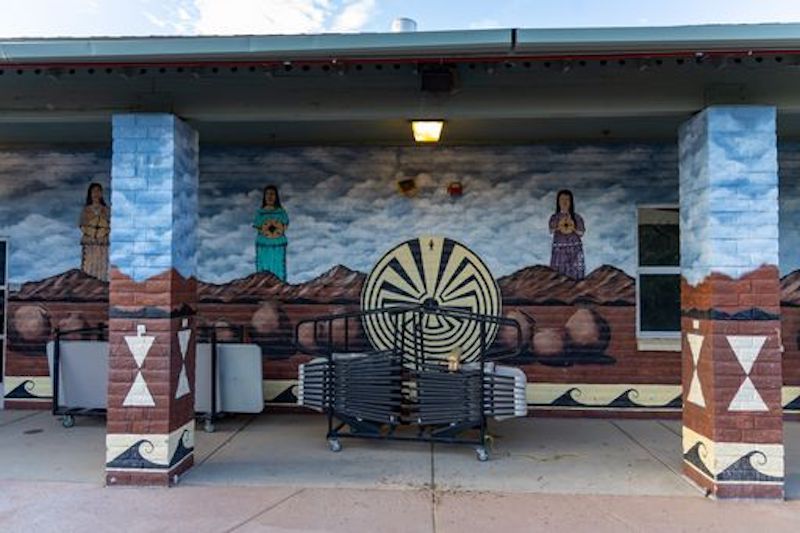
The Hohokam made contributions to the earliest forms of technology in the Southwest with the introduction of agriculture, irrigation canals, and extensive trade networks. Exterior and Internal murals throughout the campus depict those contributions with scenes of crop harvesting, desert landscapes, and petroglyphic symbols like the Man in the Maze, or Se:he. A shade structure has been built with metal shaped to look like cactus ribs, a material the Akimel O’Otham would use to build communal gathering space ramadas.
“There is a blue and pink mural in one of the hallways depicting the desert at night," said Sharma, speaking to the Blackwater Community School Culture Committee’s interpretation of the artwork. "Blackwater’s name comes from the standing water getting dark with night. In the glow of the moon, fish would appear. In the moon, there are two flute players, a reference to 'Man of the Maze.' There are murals like this all over campus that reflect our student’s culture enriching their overall learning experience,”
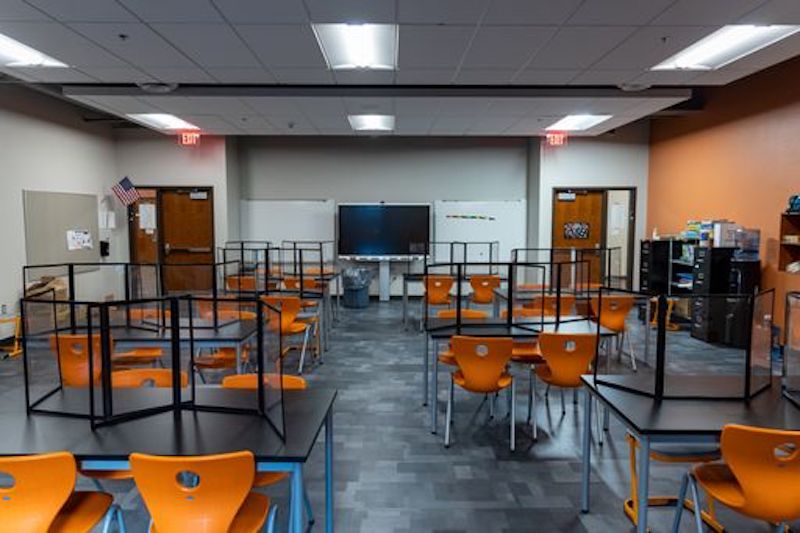
The school was originally built in 1939 and in 2018, received through other different funding sources, and Gila River Community Council, Bureau of Indian Affairs (BIA), monies for a replacement school.
“Rosendin is proud to have built the new elementary school in the Gila River Indian Community to give students the very best environment to learn and grow,” said Ben Miller, Rosendin Division Manager. “The school will serve as the hub of the larger community and support family education and culture in the local area."
The two-year campus build required an aggressive phasing schedule to implement construction while school was in session. Parts of the project were scheduled over winter and summer breaks to mitigate disruption to students.
“Blackwater Community School will serve as a pivotal gathering and educational spot for children and adults on the Gila River Indian Community," said Jeff Keck, Senior Project Executive, Gilbane Building Company. Gilbane is proud to work with Rosendin and other trade partners to have safely built a new campus to support this community’s families, cultures and traditions,”
ABOUT ROSENDIN
Rosendin, headquartered in San Jose, Calif., is the largest employee-owned electrical contractor in the United States, employing over 7,000, with revenues of $2 billion. Established in 1919, Rosendin remains has built quality electrical and communications installations for morethan a century. More information at: www.rosendin.com
ABOUT GILBANE BUILDING COMPANY
Gilbane provides a full slate of construction and facilities-related services – from pre-construction planning and integrated consulting capabilities to comprehensive construction management, general contracting, design-build, and facility management services. Founded in 1870 and still a privately held, family-owned company, Gilbane has more than 45 office locations worldwide. More information at: www.gilbaneco.com.
Related Stories
K-12 Schools | Mar 9, 2017
The future of education facilities: Creating spaces where learning happens everywhere
The art of designing schools lies not in just understanding what makes a functional classroom, but in how successful we are in creating a wide array of educational options for teachers and students within the school environment.
K-12 Schools | Mar 9, 2017
School branding: The impact on identity and engagement
What is school branding and why is it important? HMC Architects’ James Krueger and Barbara Perez weigh in on the topic.
K-12 Schools | Feb 22, 2017
Through the principal's eyes: A look at K-12 architecture
Anderson-Livsey is a K-5 school located about 30 minutes East of Atlanta in Gwinnett County and has an enrollment of 785 students.
K-12 Schools | Feb 8, 2017
'Fabrication Hall' introduces Wyoming high school students to career paths
The hall offers bountiful natural light with enough space to build large-scale projects.
Architects | Jan 19, 2017
Harley Ellis Devereaux merges with Deems Lewis McKinley
The combination is expected to bolster HED’s presence in northern California and the K-12 sector.
K-12 Schools | Dec 14, 2016
Expanding possibilities for America's K-12 schools
Bigger buildings, more outdoor space, and greater involvement from the private sector are among the trends marking the new generation of schools.
K-12 Schools | Dec 12, 2016
Building a nation of super schools
AEC teams are being asked to design and build schools with enough flexibility to adapt to changing pedagogies.
School Construction | Oct 23, 2016
As construction rebounds, education sector spending flattens
Post-recession slump suggests a settling in at a “normal” level similar to the mid aughts.
Great Solutions | Aug 23, 2016
Novel construction approach speeds K-12 school projects
The Folia system uses pre-engineered components to deliver school buildings at 20% less cost.
Great Solutions | Aug 23, 2016
11 great solutions for the commercial construction market
A roll-up emergency department, next-gen telemedicine center, and biophilic cooling pods are among the AEC industry’s clever ideas and novel innovations for 2016.


